Disney revealed that Inside Out 2 will add new emotions to the cast in addition to those seen in Inside Out and there are a few that could make an appearance. Inside Out included five of the six universal emotions originally identified by influential psychologist Paul Ekman, specifically Joy (Amy Poehler), Sadness (Phyllis Smith), Anger (Lewis Black), Fear (Bill Hader), and Disgust (Mindy Kaling). While this may imply that only one additional emotion could join the crew in Riley’s (Kaitlyn Dias) mind, the sequel has the potential to explore a significantly expanded cast of anthropomorphic emotions.
SCREENRANT VIDEO OF THE DAY
The announcement of Inside Out 2 revealed that the sequel will follow the first film, continuing to show Riley’s emotions as she navigates puberty and adolescence, hopefully in a manner that distinguishes Inside Out from the Toy Story franchise. The teen years are particularly emotionally complicated, providing plenty of potential plot points in a film sure to explore emotional development. In adolescence, people also often become better able to differentiate emotions, making the addition of new emotions logical for Inside Out 2.
Paul Ekman, who consulted on Inside Out, may have narrowed the universal emotions to six, but Carroll Izzard, a colleague of Ekman’s who worked with him on discrete emotion theory, identified 12 emotions. In addition to the five seen in Inside Out, his list of emotions would add not only Surprise, the one not included in the six universal emotions, but also Interest, Contempt, Self-Hostility, Shame, Shyness, and Guilt as potential new characters in Inside Out 2. Some of these emotions would make more sense to add to Inside Out 2 than others, so here is a breakdown of each potential emotion and how likely they are to join Riley’s mind.
Surprise
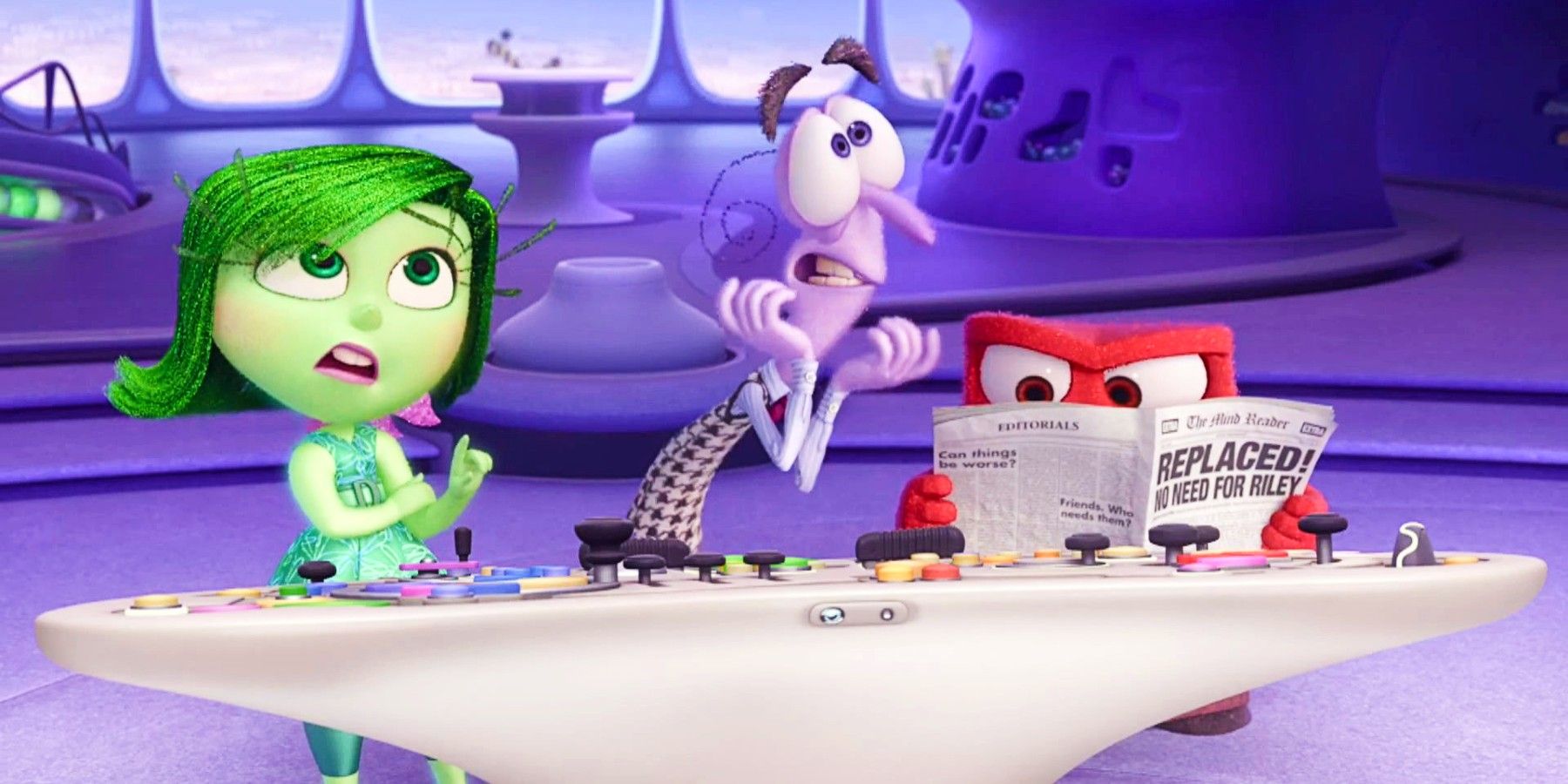
Surprise would be an unusual addition to Riley’s mind because the Pixar team could have included Surprise in Inside Out and stayed faithful to Ekman’s six universal emotions. Pixar chose to represent surprise through the reactions of the other emotions, particularly Fear, instead of being a separate emotion. Fear is often startled and caught off-guard in ways that illustrate surprise. During the development process of Inside Out some emotion characters were cut or never included. Because of these creative choices, it’s unlikely Surprise will be added to the cast for the sequel.
Interest
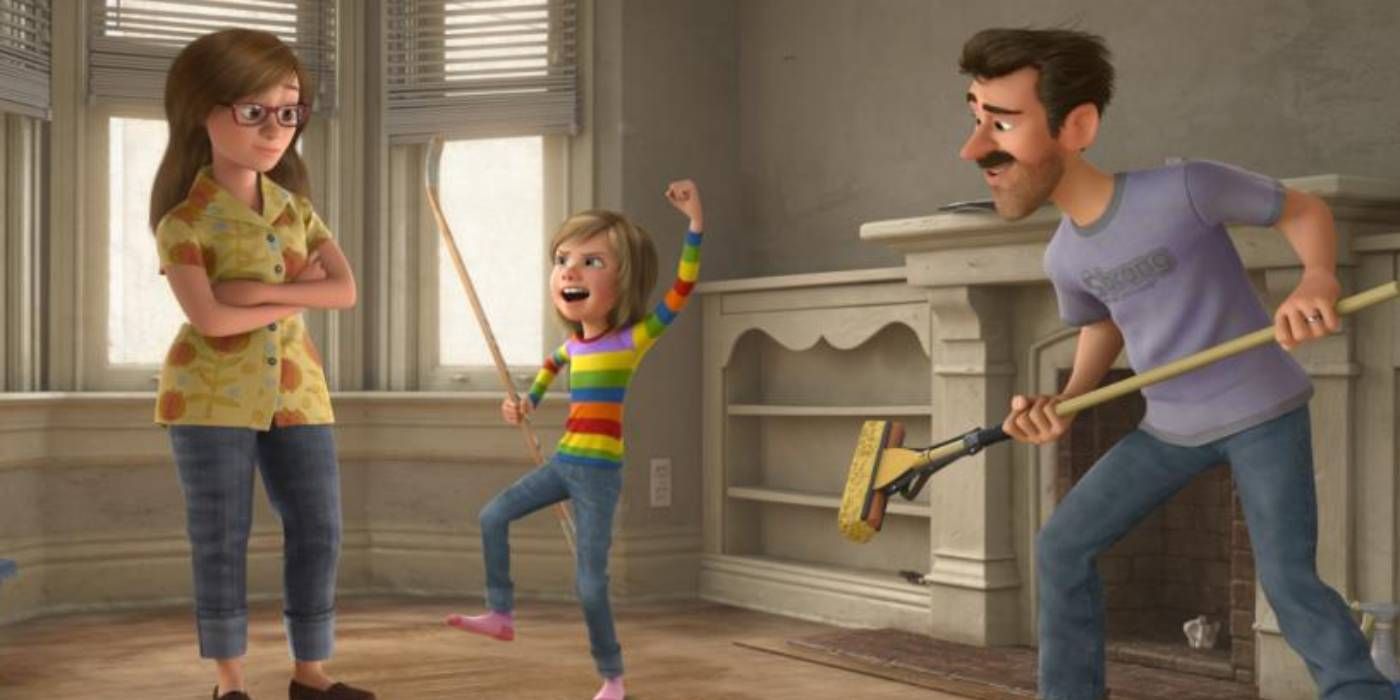
Like Surprise, interest is an emotion that may be represented more effectively by another personified emotion. In this case, Interest could be incorporated into Joy, Riley’s dominant emotion in Inside Out. However, Interest could also be portrayed as a less bubbly and more academic, Spock-like character. It is possible that this curious character could join the rest of the emotions for Inside Out 2.
Contempt
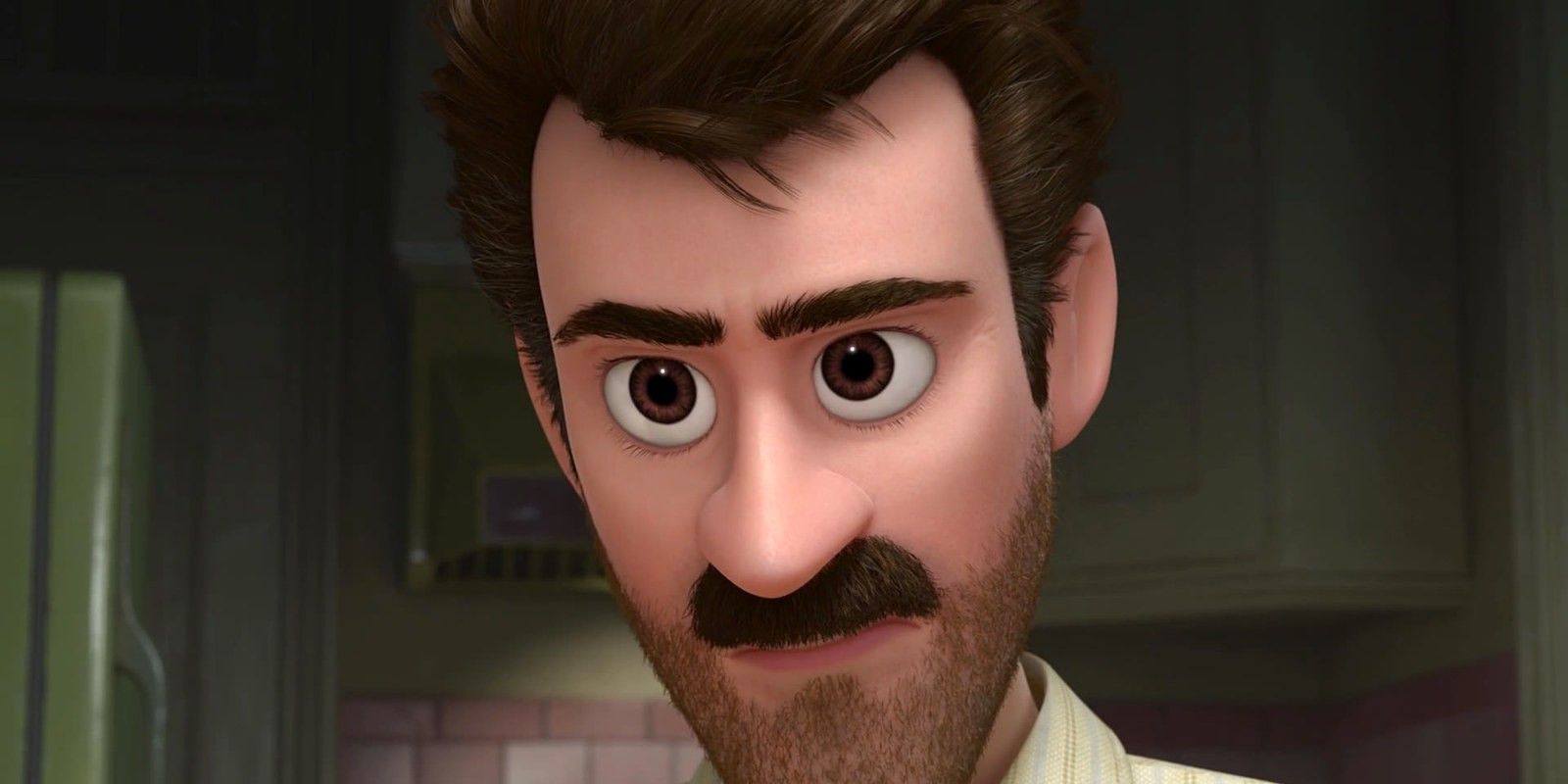
While Dr. Ekman originally developed a list of six universal emotions, he later added contempt as a seventh. It is often felt along with anger, particularly annoyance. Contempt is distinguished from anger and disgust by a feeling of superiority over the object of contempt. While it could be represented on its own, it may make more sense as part of how Anger presents during and after puberty in the sequel to Inside Out.
Self-Hostility
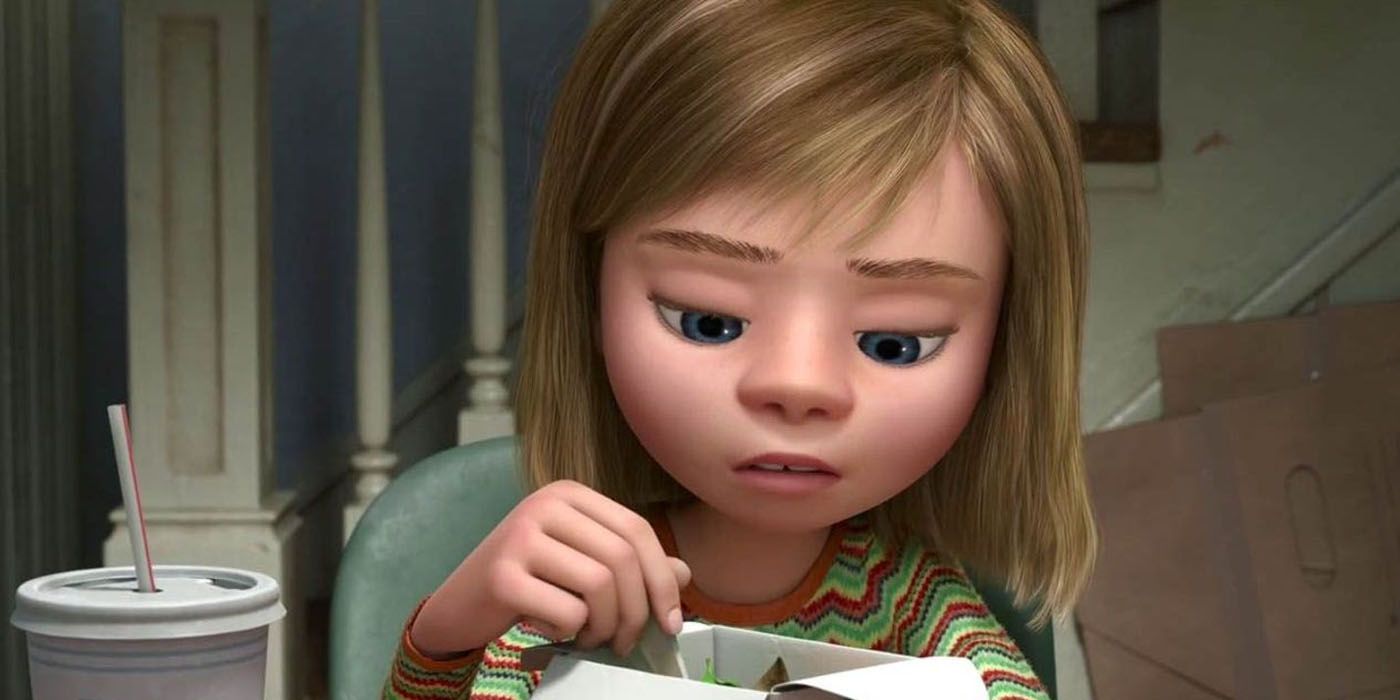
Depressing as it may sound, Self-Hostility is one of the more likely emotions to emerge as a player in Riley’s mind for Inside Out 2. Teens are often extremely hard on themselves as they begin to desire more independence and take on more responsibilities. Physical changes that occur during puberty can also trigger self-hostility, this would be a relatable challenge for Riley to face. The positive reception of Turning Red, which tackled the topics of menstruation and feeling out of control of an adolescent body, may encourage more direct exploration of those developmental realities.
Shame
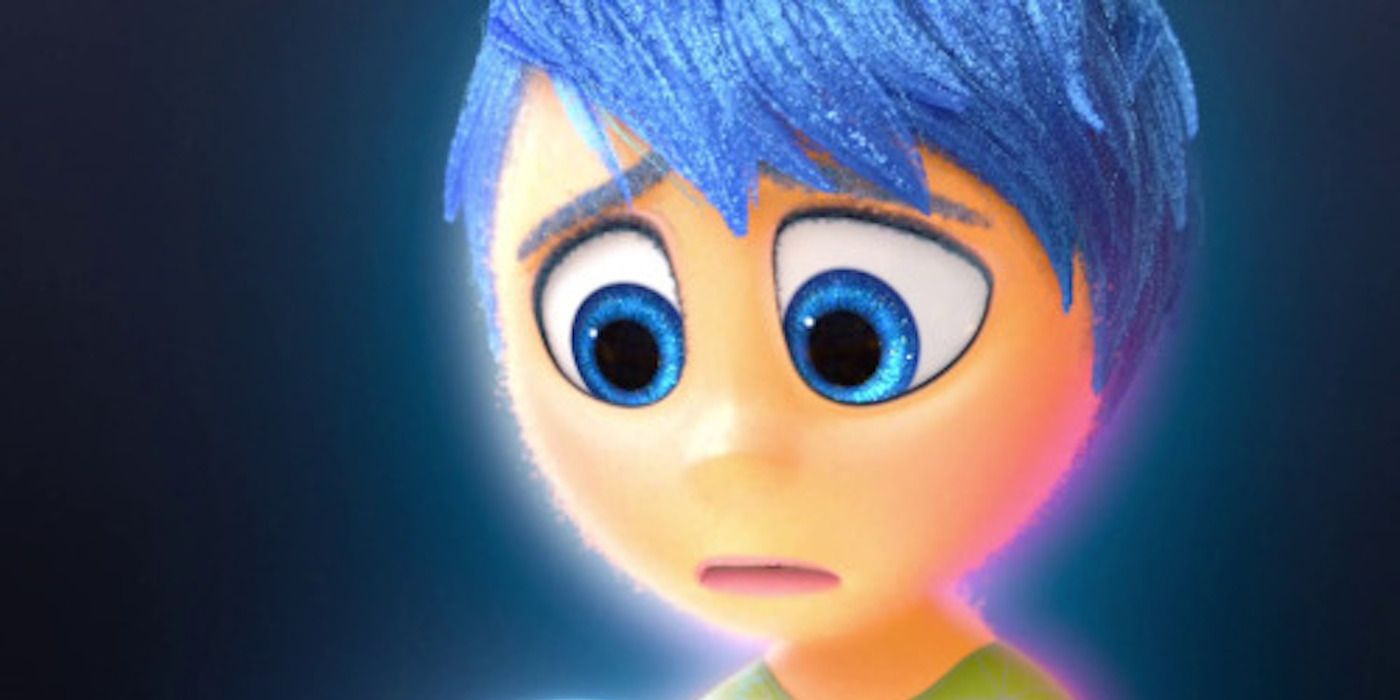
Shame, while not quite the same as self-hostility, is closely related to it. Concept art from Inside Out's Blu-ray special features shows that this was another emotion considered early on. In a storytelling context, it might be hard to differentiate Shame and Self-Hostility into two different characters for the upcoming Pixar movie. Shame would make sense to include for similar reasons as Self-Hostility, but it would make the most sense to combine these emotions into one character for Inside Out 2.
Shyness
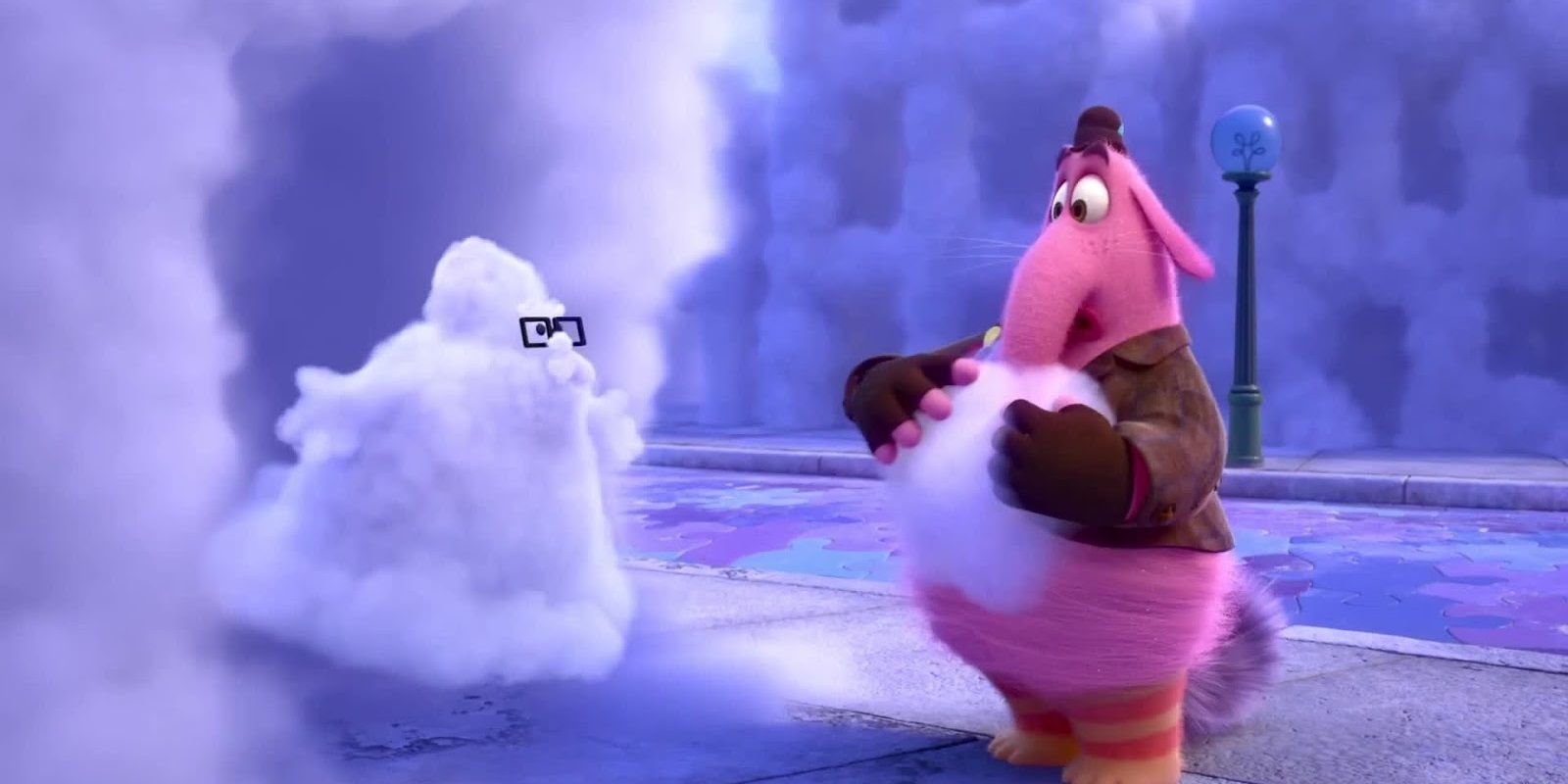
Another emotion Inside Out 2 might feature is shyness. Shyness is a personality trait as well as an emotion. Riley seems outgoing in some situations in Inside Out, but puberty combined with being in a new area could reinforce her tendency to feel shy. In Inside Out, Joy explains that she and Sadness were the first emotions present when Riley was born and the others appeared a little bit later. The combination of moving home in Inside Out with changes associated with growing up would explain why Shyness might only become a presence in Riley’s mind after the events of Inside Out. A focus on Shyness could lead the sequel in a similar direction to Turning Red’s messages about embracing yourself.
Guilt
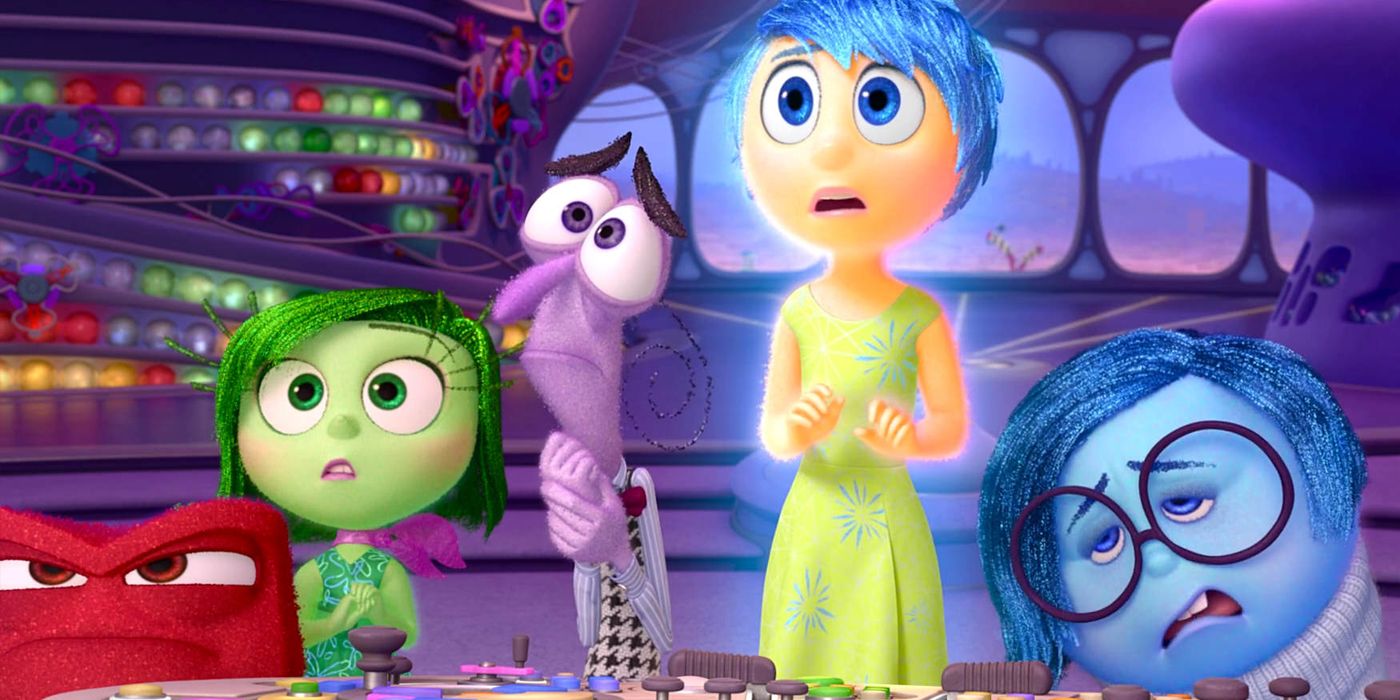
The last emotion that might appear as a character in Inside Out 2 is guilt. Developmental psychologists identify feelings of guilt as starting as early as the toddler stage, when children first start to hide their behavior. Guilt is also tied to ethical development and a greater understanding of the wider rules of society. As a teenager, Riley will start to better understand social conventions and internalize ideas of appropriateness in ways that make guilt a more common and strongly felt emotion, which could explain Guilt joining the crew at the control panel. Guilt could play a significant role in particular if Pixar and Disney decide to directly address LGBTQ+ identities in Inside Out 2. However, guilt and shame are closely related emotions and guilt is often accompanied by feelings of sadness, so the team at Pixar could justifiably decide not to make guilt a separate character, as concept art reveals they did for Inside Out.
There is no way Inside Out 2 has room for all twelve of the emotions identified by Carroll Izard. Some new emotions, like self-hostility and shame, might be combined, while others may not be anthropomorphized at all. Even if several are combined, the new additions are sure to spark drama and distress from Joy, much as Sadness did in Inside Out.
In exploring more complex emotions like self-hostility and shyness, Inside Out 2 has the potential to build on the trend Pixar started with Inside Out of acknowledging the emotional depth of children. From a plot perspective, the new characters are also likely to shift Riley’s temperament, at least temporarily, away from Joy’s control. Their arrival may even cause the central conflict of the story, keeping in theme with the first film about understanding the roles of even unpleasant emotional states.
